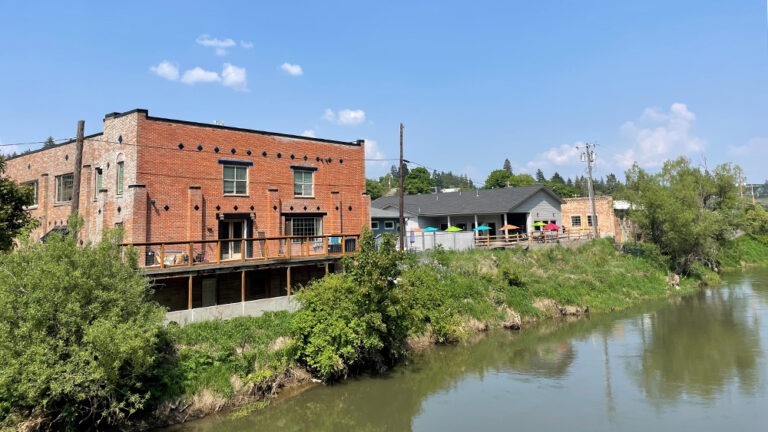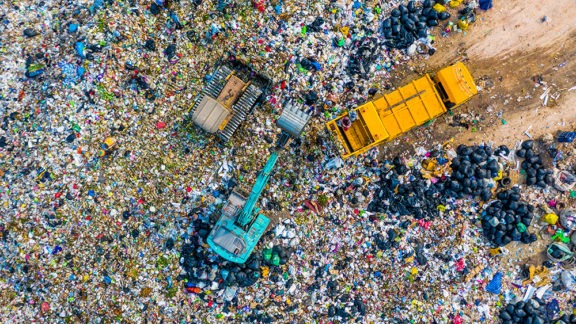In September, the U.S. Environmental Protection Agency (EPA) will likely release its next Notice of Funding Opportunity (NOFO) for brownfields grants, which support reuse planning, environmental assessments, and cleanups of properties that are contaminated or perceived to be contaminated. Once the NOFO drops, parties seeking funding for brownfields remediation will have about 60 days to respond. That may sound generous, but applications take time to prepare — which is why we encourage potential applicants and their partners to start thinking now about whether this funding opportunity is right for them.
In this article, we offer an overview of upcoming brownfields grants and what factors potential applicants should consider. This overview is intended to help you or a partner prepare to apply for EPA brownfields grants and to think about these grants within the context of a larger funding strategy.
Who can benefit from EPA brownfields grants?
Among public and nonprofit entities, eligibility for these grants is broad. City or county governments, tribes, ports, councils of government and regional councils, school districts, land banks, and redevelopment agencies are eligible to apply. Nonprofits are also eligible, and past grantees have included affordable housing providers, social services organizations, and community-based organizations. This is not an exhaustive list of eligible applicants — for details, consult past NOFOs.
While not eligible to apply directly, private-sector entities can also benefit from these grants. Partnerships are a key part of a compelling brownfields grant application, and private entities can partner with public or nonprofit entities by lending human or financial support.
Among public and nonprofit entities, eligibility for these grants is broad. Private-sector entities can also benefit.
Brownfields grants promote catalytic public-sector investment, the goal of which is to lay the groundwork for private investment to support redevelopment. The story of how the small city of Palouse, Washington, redeveloped a former fuel depot offers a great example. The city secured state and federal funding to assess and remediate a petroleum-contaminated parcel and develop a community-informed vision for its desired reuse. The city sold the land to a local development team, which built a brewery and a veterinary clinic on the site. These two businesses now enhance the economic vibrancy of Palouse’s Main Street, bumping up the city’s tax revenue and creating jobs in the process.

The bottom line: The EPA needs to invest this money. Why not submit a grant application and help direct that investment toward your community?
What kind of funding do EPA brownfields grants provide?
Thanks to the 2021 Bipartisan Infrastructure Law, funding for brownfields grants is at historic levels; in this upcoming cycle, the EPA will grant up to $300 million. For potential applicants, that means larger awards, more of them, and no required local match.
This funding comes in a few broad flavors:
- Assessment grants allow applicants to assess multiple sites, either on their own (community-wide assessment grants) or in partnership with other government and nonprofit entities (coalition assessment grants). Awards range from $500,000 to $1.5 million.
- Cleanup grants support environmental remediation, and awards range from $500,000 to $5 million.
- Multipurpose grants support both assessment and cleanup. In FY23, most multipurpose grants were $800,000, although they can reach up to $1 million.
Where should you start as you prepare an application?
If you’ve decided that an EPA brownfields grant makes sense for you, consider your plan to pull an application together by the likely deadline. Developing a grant application is both art and science; it involves telling a compelling story with data (think Steinbeck meets statistics) and doing so within length limits.
The NOFO will tell you what the application requires. Once you review it, consider what you can repurpose from other, similar pursuits and what will require new effort — as well as what that means for your workload. NOFOs should also be interpreted through the lens of the funding agency’s priorities. State and federal agencies don’t award grants in a vacuum; they do it to advance certain policy priorities like environmental equity or climate resilience. A partner with strong knowledge of present and past agency priorities can offer valuable guidance. You’ll write a stronger application if you understand the agency’s goals and can connect your project to them in a meaningful way.
Is 2024 EPA brownfields grant right for you? Consider the following:
Eligibility: both for you (the applicant) and your proposed sites.
Your partners: who is supporting your project via time or treasure?
Time and capacity: whether you have the staff or finances to generate a compelling application.
Your data: the numbers you need to tell your story and how you’ll get them.
Community benefit: the specific advantages for your community.
EPA benefit: the broader benefits that the EPA will get for its funding.
Grant writing also requires attention to process. Will you write the application internally or hire a third party? Whichever path you choose, this process requires clear roles, internal deadlines, and regular check-ins as you iterate your way toward developing a competitive, complete, and compelling application.
A brownfields grant may not be able to meet all your project needs, and any grant application is always a gamble. But if you successfully secure funding, these grants can serve as an important tool for advancing environmental quality, economic development, and social equity in your community. You can make the most of your chances by preparing now for the commitment required to draft a strong application and by applying a disciplined process and an informed perspective to bring home the greatest number of federal dollars.
Haley & Aldrich regularly advises clients on a host of services related to contaminated site management, including finding the grant funding to advance projects. In the past two years, our funding experts have helped clients win $3 million in EPA grants to support brownfields assessment and cleanup. We also assist with other funding opportunities. This year, for example, our experts helped the Port of Stockton, California, win $45 million in state funding to support infrastructure upgrades.
Please reach out to learn more about how we can help secure funding for your project.
Published: 8/29/2023
- Government infrastructure
- Industrial and manufacturing
- Airports
- Government facilities
- Ports, harbors, and coastal Infrastructure
- Transportation
- Real estate developers
- Brownfields
- Contaminated site management
Author

Technical Expert




